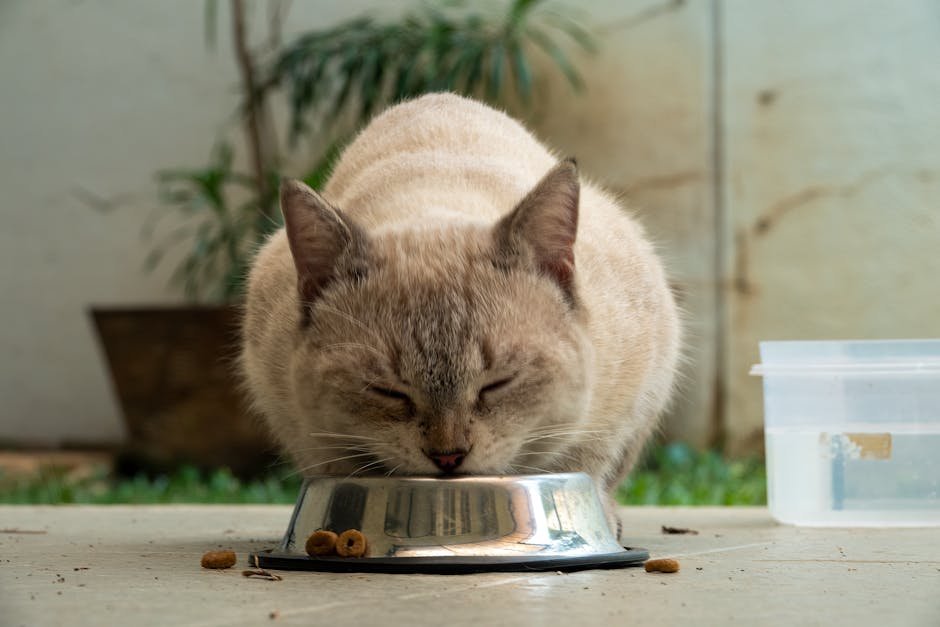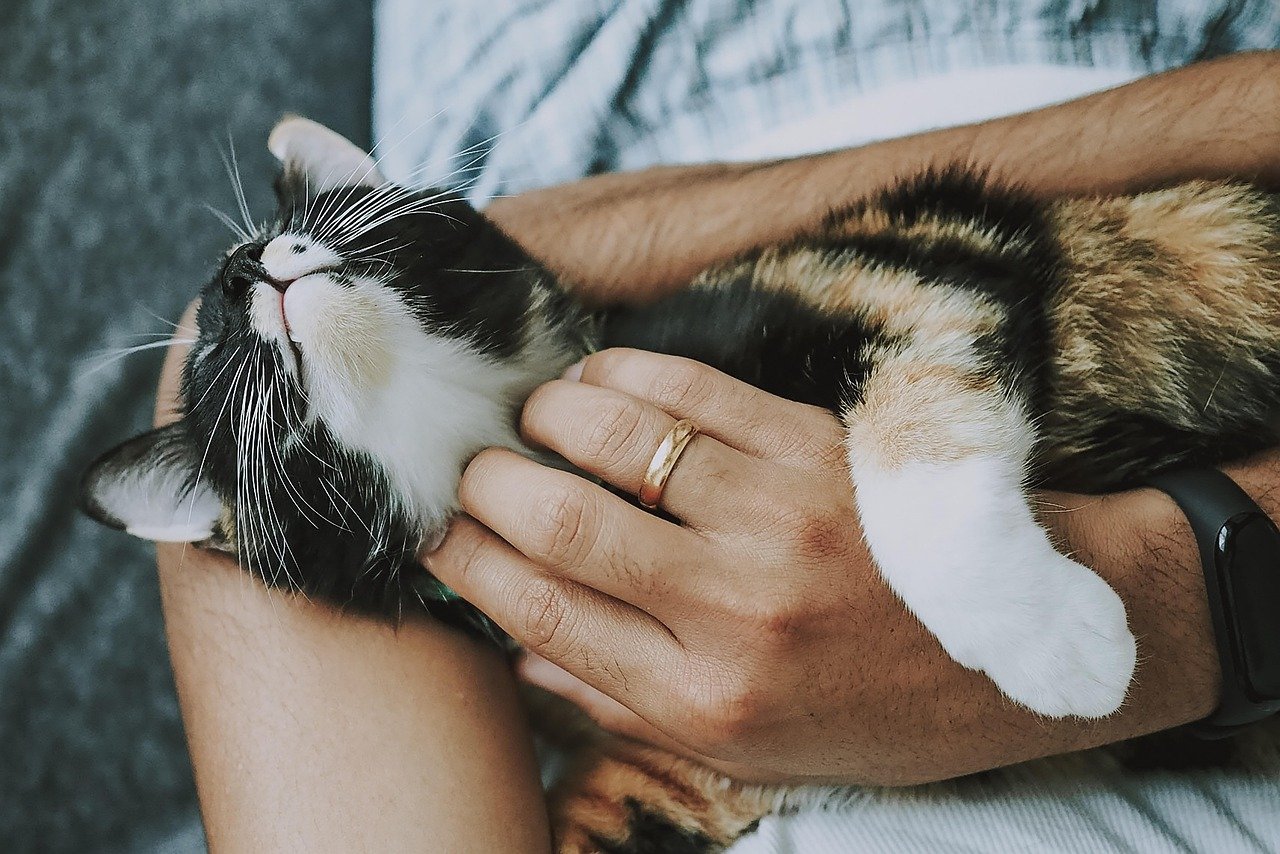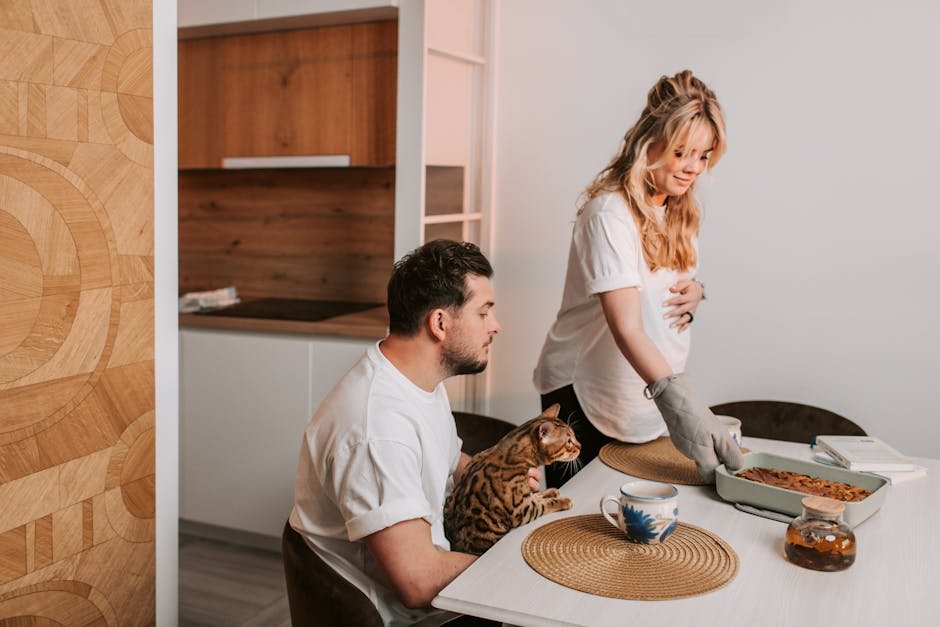Living in a multi-cat household can be a delightful experience filled with purrs, playful banter, and those precious moments of feline companionship. However, along with the joy comes the responsibility of managing the financial aspects of your furry family. Whether you’re a seasoned cat enthusiast or a new cat parent, understanding how to balance your budget while catering to your cats’ needs is crucial. With the right financial strategies, you can ensure that your cats are well taken care of without breaking the bank. Here are seven essential financial planning tips to help you navigate the world of multi-cat ownership.
Understand the Cost of Cat Ownership
Before diving into the world of multi-cat ownership, it’s essential to grasp the financial commitment involved. From food and litter to vet visits and toys, the costs can add up quickly. On average, a single cat can cost between $500 to $1,000 annually, depending on their needs and your choices. Multiply this by the number of cats, and it becomes clear why planning is crucial. Consider making a list of monthly expenses for each cat to better understand your budget. Additionally, remember to account for unexpected expenses like emergency vet visits or special dietary needs. By knowing what to expect, you can prepare your finances accordingly and avoid unpleasant surprises.
Create a Separate Cat Budget
Creating a dedicated budget for your cats can help you manage expenses more effectively. Start by listing all the essential items your cats need, such as food, litter, and regular vet check-ups. Then, allocate a specific portion of your monthly income to cover these costs. Be sure to include a buffer for unexpected expenses, like emergency treatments or unexpected purchases. Having a separate budget ensures that you prioritize your cats’ needs without compromising other financial obligations. It also allows you to track spending more efficiently, helping you identify areas where you can save or adjust if needed. This simple step can make a significant difference in managing multi-cat finances.
Invest in Quality Food and Supplies

While it might be tempting to opt for cheaper cat food and supplies, investing in quality products can save money in the long run. High-quality cat food often contains better nutritional value, leading to healthier cats and potentially fewer vet visits. Similarly, durable toys and supplies may cost more upfront but last longer, reducing the need for frequent replacements. Think of it as an investment in your cats’ well-being. By prioritizing quality, you’re not only ensuring your cats get the best care but also potentially reducing long-term costs associated with health issues or frequent purchases.
Explore Pet Insurance Options
Pet insurance can be a valuable asset in managing unexpected veterinary expenses. With multiple cats, the likelihood of encountering medical emergencies increases, making insurance a wise consideration. Research different pet insurance providers and compare their coverage options and costs. Some policies cover routine care, while others focus on emergencies and illnesses. By choosing the right plan, you can alleviate the financial burden of unexpected vet bills. Remember, the peace of mind that comes with knowing your cats are covered in emergencies is invaluable. It allows you to focus on their care rather than the costs.
Utilize Discounts and Rewards Programs

Many pet stores and suppliers offer discounts and rewards programs that can help reduce costs. Sign up for loyalty programs at your favorite pet store to earn points or receive discounts on future purchases. Additionally, look for sales, coupons, and online promotions to save on cat food, litter, and other essentials. Don’t forget to check local shelters or community groups for low-cost vet clinics or free supplies. These resources can significantly cut down on expenses, ensuring you get the best value for your money. By taking advantage of these opportunities, you can maintain a comfortable lifestyle for your cats without overspending.
Plan for Long-Term Care and Savings

It’s crucial to think about the long-term care of your cats, especially as they age. Older cats may require more frequent vet visits or special diets, leading to increased costs. Consider setting up a savings account specifically for your cats’ future needs. Even small monthly contributions can accumulate over time, providing a financial cushion for when it’s needed most. Planning for the future not only secures your cats’ well-being but also gives you peace of mind. By preparing today, you ensure that your cats will have the care they need throughout their lives.
Seek Community Support and Resources

Being part of a community of cat lovers can provide valuable support and resources. Join local or online cat enthusiast groups where you can share experiences, tips, and advice. These communities often have information about affordable vet services, group-buying discounts, or even cat-sitting exchanges. Engaging with fellow cat owners can lead to discovering new ways to save money and care for your cats. Plus, it’s a great way to connect with others who share your passion for feline companionship. By leveraging community knowledge, you can navigate the challenges of multi-cat ownership more effectively.
In conclusion, managing a multi-cat household requires thoughtful financial planning and a commitment to your cats’ well-being. By understanding costs, creating a budget, investing in quality, and seeking community support, you can ensure your feline companions are happy and healthy without straining your finances.

Suhail Ahmed is a passionate digital professional and nature enthusiast with over 8 years of experience in content strategy, SEO, web development, and digital operations. Alongside his freelance journey, Suhail actively contributes to nature and wildlife platforms like Feline Fam, where he channels his curiosity for the Feline into engaging, educational storytelling.
With a strong background in managing digital ecosystems — from ecommerce stores and WordPress websites to social media and automation — Suhail merges technical precision with creative insight. His content reflects a rare balance: SEO-friendly yet deeply human, data-informed yet emotionally resonant.
Driven by a love for discovery and storytelling, Suhail believes in using digital platforms to amplify causes that matter — especially those protecting Earth’s biodiversity and inspiring sustainable living. Whether he’s managing online projects or crafting wildlife content, his goal remains the same: to inform, inspire, and leave a positive digital footprint.






